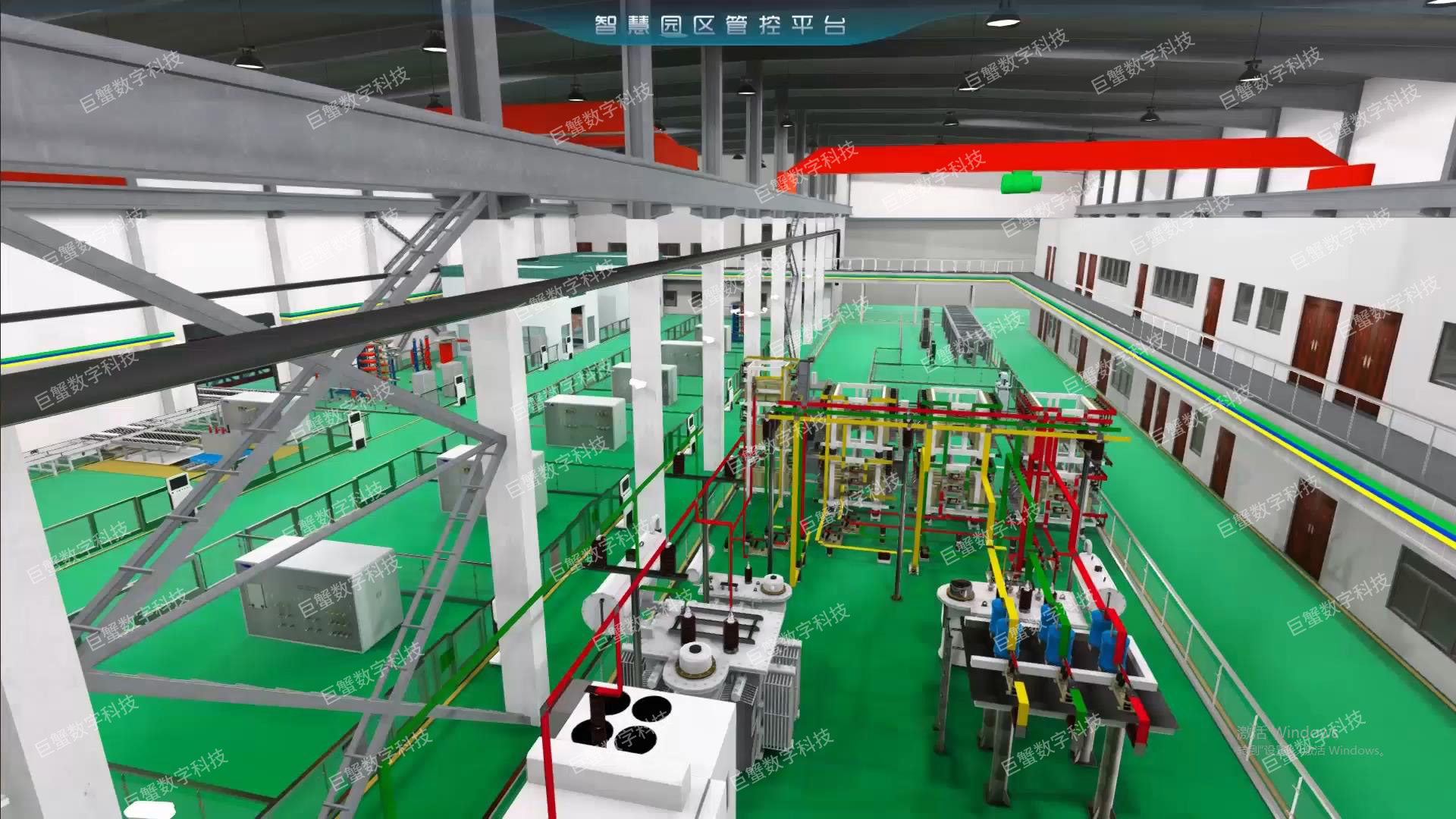ETRobot Fish Can Trick the Real Thing Behind The Scenes
The second generation of robotic fish developed in Dr. Maurizio Porfiri‘s Dynamical Systems Laboratory at Polytechnic Institute of New York University. Credit: Polytechnic Institute of New York University View full size image
This Behind the Scenes article was provided to LiveScience in partnership with the National Science Foundation.
Scientists have long turned to nature for inspiration and innovation. From unlocking the secrets of spider silk to create super-strong materials to taking hints from geckos for new adhesives, clues from the natural world often lead to advances in our practical world. But the relationship between engineering and nature has been largely one-directional, with humans reaping the majority of the benefits of discovery.
What if it was possible to close the loop, and combine human ingenuity and nature’s wisdom to protect a species or ecosystem?
Dr. Maurizio Porfiri, Assistant Professor of Mechanical Engineering at the Polytechnic Institute of New York University, is one step closer to that goal through his research into the behavior of schooling fish, which is funded by a prestigious NSF Faculty Early Career Development (CAREER) award. Porfiri’s findings led him to create a series of biologically inspired robots that may help preserve and protect marine life.
“Studies of schools of fish, flocks of birds and herds of animals have inspired robotic systems designed for our own applications,” said Porfiri. “But I wanted to see if I could close the gap, bringing some of those benefits back into the natural world.”
A lifelong animal lover who recalls childhood aspirations of becoming a zookeeper, Porfiri began his studies of fish schooling by examining how leadership is established within these populations. “Schooling fish have a rich system of information sharing,” explains Porfiri. “They decide when to school based on a wide variety of factors, including vision and pressure cues from other fish. By studying these cues, we can learn how school members recognize—and follow—a leader.”
Porfiri posited that if he could enforce leadership by an external member—in this case, a robot that actively engages the group—he could influence the direction and behavior of schooling fish. This could prove a life-saving advantage for marine populations in the event of oil or chemical spills or other natural disasters. Porfiri also envisions the ability to lead fish away from man-made dangers like turbines.
The first generation of the robot fish built in Dr. Maurizio Porfiri’s Dynamical Systems Laboratory at Polytechnic Institute of New York University were shaped less fishlike than the second generation, but real fish accepted them as schoolmates and even followed their leadCredit: Polytechnic Institute of New York UniversityView full size image
Porfiri’s background in dynamical systems, mechanics of advanced materials and underwater robotics aided in the creation of robotic “leader” fish that while not especially lifelike at first glance, are deceptively agile swimmers. When deployed in an environment with groups of gregarious fish, these robotic members have been effective at influencing the school’s behavior. Porfiri suggests that one of the secrets to the robots’ ability to successfully school with real fish may lie in their mimicry of the swim characteristics of real fish.
This first generation of robotic fish is capable of swimming along a plane, and future generations will be able to dive and surface. In laboratory observations, Porfiri and his team have noted a variety of interaction patterns between groups of gregarious fish and the underwater robot, including tracking, milling and following, hinting that the group’s behavior can be altered by a robotic member.
In the meantime, the NSF CAREER grant, which also supports community outreach, gives Porfiri the opportunity to take his work beyond the lab to recapture the old dream of spending his days at the zoo. Throughout the academic year, he and his students can be found at the New York Aquarium, where they nurture a passion for math, science and engineering among local elementary and middle school students. The young students engage in authentic robot design experiments, creating custom caudal fins for robotic fish. By deploying robots equipped with these fins during test swims, the classes learn how fin size and shape affect swimming performance.
Editor’s Note: This research was supported by the National Science Foundation (NSF), the federal agency charged with funding basic research and education across all fields of science and engineering. Any opinions, findings, and conclusions or recommendations expressed in this material are those of the author and do not necessarily reflect the views of the National Science Foundation. See the Behind the Scenes Archive.
自动翻译仅供参考
机器鱼以假乱真,足以骗过真实鱼类 Robot鱼可以欺骗背后的Scenes
动真格的第二代机器鱼在理工学院开发的博士莫里吉奥Porfiri的动力系统实验室纽约大学。
这幕后文章理工学院是提供给生活科学与国家科学基金会。
合作
长期以来,科学家们转向了大自然的灵感和创新。从解锁蛛丝的秘密打造超强材料,采取暗示从壁虎新的粘合剂,从自然界的线索往往会导致我们的实际世界的进步。但是,工程与自然的关系在很大程度上是单向的,与人类收获了广大发现的好处。
如果有可能关闭循环,并结合人类的智慧与自然&rsquo的;智慧来保护一个物种或生态系统?
博士。莫里吉奥Porfiri,机械工程助理教授在纽约大学的理工学院,是一步步接近这个目标通过他的研究的鱼群,这是由著名的美国国家科学基金会教师早期职业发展(CAREER)奖励资金的行为。 Porfiri大局;结果导致他创造了一系列的仿生机器人,可帮助维持和保护海洋生物。
u0026 QUOT;鱼学校研究,鸟兽成群成群的启发设计我们自己的应用程序的机器人系统, "说Porfiri。 "但我想看看我是否能缩小差距,使其中的一些好处放回自然界和QUOT;
终身动物爱好者谁回忆成为一名动物园管理员的童年愿望,Porfiri开始了他的鱼群研究通过研究如何领导这些人口中建立。 "鱼群有一个丰富的信息共享,&QUOT系统;解释Porfiri。 "他们决定什么时候去学校基于各种因素,包括视觉和压力的线索来自其他鱼类。通过研究这些线索,我们可以学习的学校成员如何认识和mdash;并按照—一个领导者和QUOT;
Porfiri假定,如果他可以通过一个外部成员和mdash加强领导;在这种情况下,一个机器人,积极开展小组和mdash;他可以影响的方向和鱼群的行为。这可以证明一个拯救生命的优势,为中石油或化学品泄漏或其他自然灾害时的海洋种群。 Porfiri还设想从人为的危险状涡轮机离开导致鱼类的能力。
第一代在纽约大学理工学院建于博士莫里吉奥Porfiri的动力系统实验室机器人鱼被塑造比第二代更小似鱼,但真正的鱼接纳他们为同学甚至跟着他们leadCredit:纽约UniversityView原图
Porfiri&rsquo的理工学院;的背景在动力系统,先进的材料和水下机器人的帮助在创造机器人&QUOT力学;领导者和QUOT;鱼,虽然第一眼看上去不是特别逼真,看似十分敏捷的游泳者。当部署在与群居鱼类群体的环境中,这些机器人的成员一直在影响学校和rsquo的效益;行为。 Porfiri表明,秘密机器人&rsquo的一个;成功学校真鱼可能在于的真鱼在游泳特色的模仿能力。
这第一代机器鱼能够沿着一个平面游泳,子孙后代将能够深入和表面。在实验室的观察,Porfiri和他的团队指出各种各样的群居鱼,水下机器人,包括跟踪,铣削和以下组之间的互动模式,暗示该集团&rsquo的;行为可以由机器人成员。
在改变与此同时,美国国家科学基金会CAREER资助,同时也支持社区服务,使Porfiri拍到了他超出了实验室的工作夺回度过他的日子在动物园的旧梦。在整个学年,他和他的学生们可以在纽约水族馆,在那里他们培育在当地小学和初中学生的数学,科学和工程的热情被发现。青年学生从事真正的机器人设计实验,创建自定义尾鳍的机器鱼。通过部署在测试游泳配备这些鳍机器人,类学习的大小和形状如何鳍影响游泳的表现。
编者按:这项研究是由美国国家科学基金会(NSF),美国联邦机构,负责资助基础研究和支持跨越科学与工程的各个领域的教育。任何意见,研究成果和结论或表达这种材料的建议是那些作者的,并不一定反映国家科学基金会的意见。见幕后存档的背后。.
-
机器人
+关注
关注
206文章
26945浏览量
201204
发布评论请先 登录
相关推荐
关于FOC电机库真实电流的问题求解
为何要做人形机器人?
【量子计算机重构未来 | 阅读体验】+机器学习的终点是量子计算?
国产达芬奇Xi手术机器人正式上市
基于Matlab和VR技术的移动机器人建模及仿真
北京航空航天大学发布软体机器人智能感知系统最新进展

灭火器操作虚拟仿真实训的独特优势

如何在OpticStudio中建模和设计真实波片

高校大学数字孪生教学实验室,虚拟仿真实训系统中心,数字孪生仿真实验室建设方案





 机器鱼以假乱真骗过真实鱼类
机器鱼以假乱真骗过真实鱼类












评论